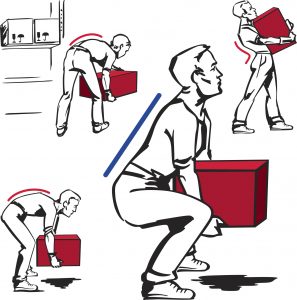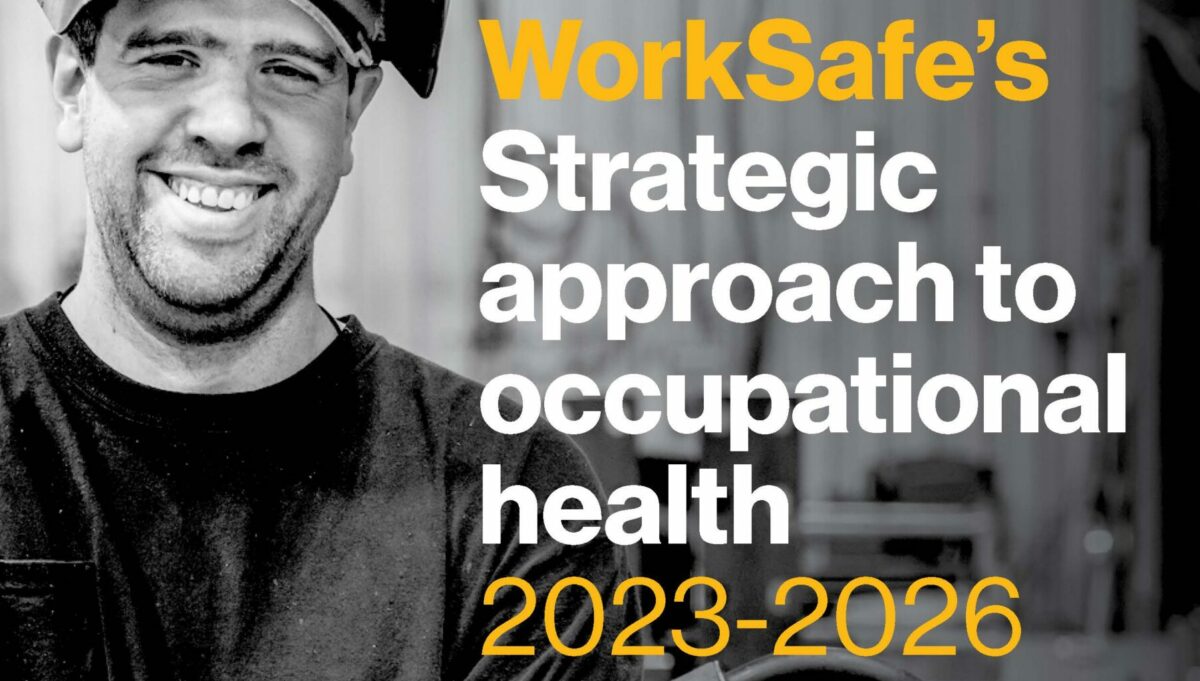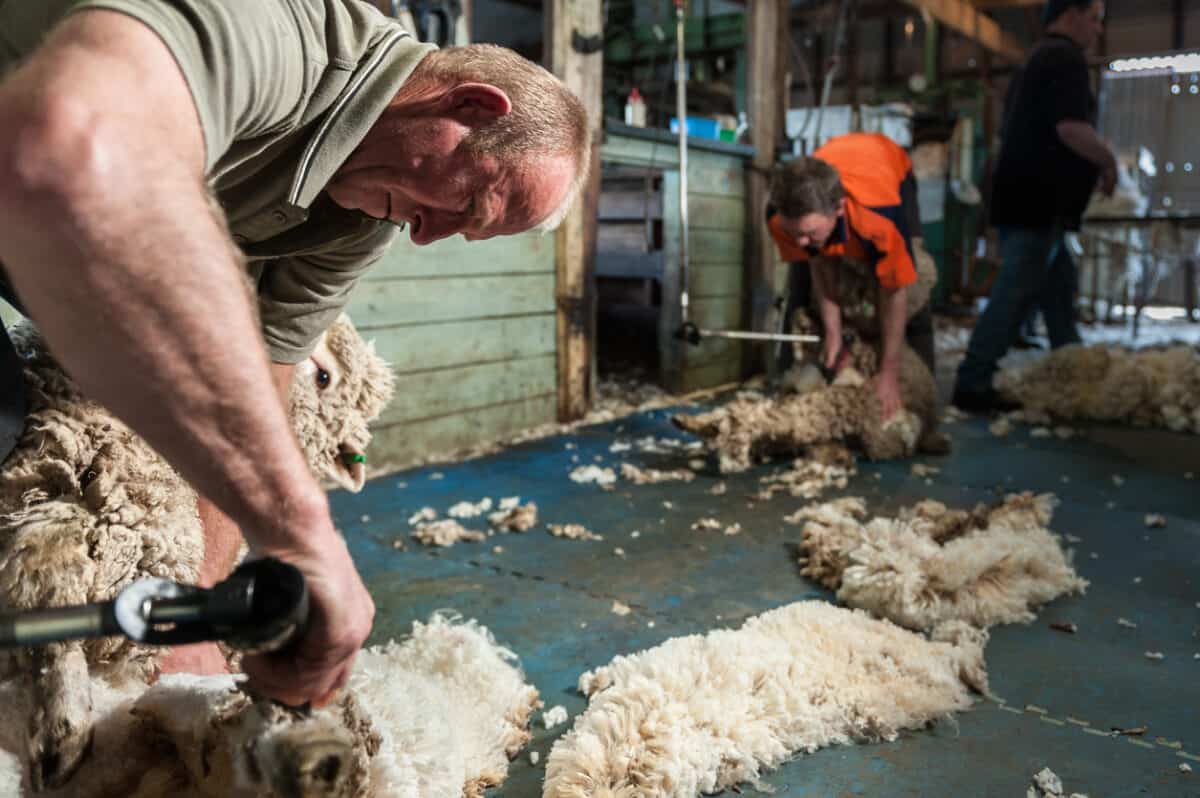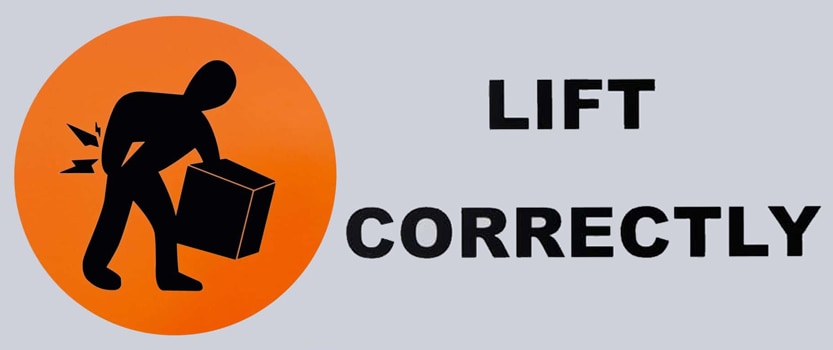The Australian Industry Group (AIGroup) has published an article intended to rebuild trust between workers and employers and is based on a “Tight Loose Tight” concept. It seems to make sense and maybe moreso to its intended audience but it is missing essential integration.
Category: manual handling
You can lead an employer to the law, but you cannot make them comply
Recently WorkSafe Victoria distributed two strategy documents to one of its reference groups. (They are not yet publicly available.) SafetyAtWorkBlog has seen the “Strategic approach to occupational health 2023-2026” and “Transport Fatality Prevention Strategic Approach 2023-2026”. The first includes the following occupational health categories:
The wicked problem of the safety of shearers and the viability of sheep farming
Shearing sheep is an exhausting laborious job and so can cause work-related injuries for which workers’ compensation can be sought. The Weekly Times on January 4 2023 (paywalled) devoted a whole page to the issue in an article headlined “The shear cost of it all”. (Only a companion piece is available online at the time of writing)
The aim of the article seems to be to illustrate the exorbitant and unfair workers’ compensation costs faced by the employers of shearers, but some relevant occupational health and safety (OHS) matters are overlooked.
“how-to-lift training does not work”
In 2017, this blog reported on an article from WorkSafe Queensland that said that manual handling training in “correct manual handling” or “safe lifting” did not prevent musculoskeletal injuries. WorkSafe supported this by extensive research, but training courses continue today, perpetuating an over-reliance on manual handling as a suitable risk control measure, which does not meet the compliance requirements of the occupational health and safety laws.
Last month WorkSafe Queensland released a video that updated and reinforced their position.
Continue reading ““how-to-lift training does not work””The myth of “correct lifting technique” persists
In 2017 Work Health and Safety Queensland (WHSQ) released this advice about reducing the physical risks associated with manual handling:
“The research evidence shows that providing lifting technique training is not effective in minimising the risk of injury from manual tasks.”
So why is “correct lifting technique” still being included in safety procedures and Safe Work Method Statements (SWMS) three years later?
Safety Awards nights are important but need constant maintenance
 As October is Australia’s Safe Work Month there are several awards evenings. On 19 October 2017, Victoria’s WorkSafe conducted theirs. It was a sedate evening in comparison to previous events. Very few tables whoop-ed their nominations, the MC did not leer at the female waiters and none of the winners danced across the stage. But there were a couple of notable moments.
As October is Australia’s Safe Work Month there are several awards evenings. On 19 October 2017, Victoria’s WorkSafe conducted theirs. It was a sedate evening in comparison to previous events. Very few tables whoop-ed their nominations, the MC did not leer at the female waiters and none of the winners danced across the stage. But there were a couple of notable moments.
Richard Wallace
The most obvious was the standing ovation one winner received from the entire audience.
Evidence says don’t rely on manual handling training as it doesn’t work
 Everyone knows the safe lifting techniques – keep your back straight, keep the load close to your body and bend your knees – because they have done the proper training. Well scrap that training! According to new guidance from Workplace Health and Safety Queensland (WHSQ):
Everyone knows the safe lifting techniques – keep your back straight, keep the load close to your body and bend your knees – because they have done the proper training. Well scrap that training! According to new guidance from Workplace Health and Safety Queensland (WHSQ):
“The research evidence shows that providing lifting technique training is not effective in minimising the risk of injury from manual tasks.”




